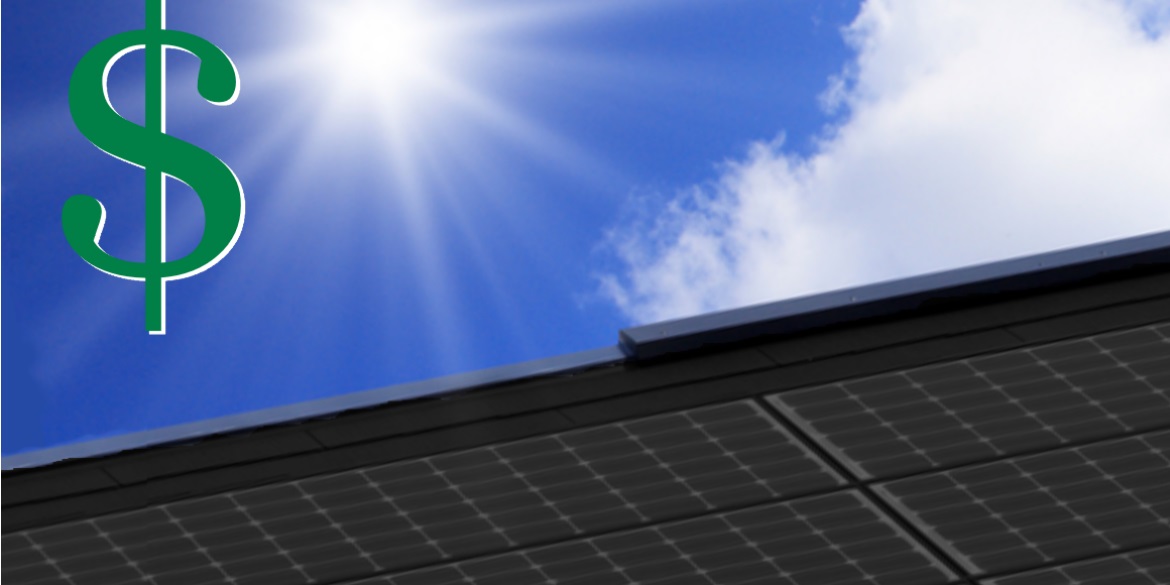Financing has been with solar since its earliest days. Before the lease and the power purchase agreement (PPA), residential solar customers would often purchase systems with cash. Cash payments are a form of financing, as the customer is choosing to purchase a solar system with cash in lieu of investing that cash in another investment. Sometimes, customers would finance systems with a home equity line or a mortgage product.
In 2003, Jigar Shah founded SunEdison to bring new financing methods, primarily the PPA, to commercial solar. In 2004, on a fateful drive to Burning Man with famed cousin Elon Musk, Lyndon Rive began the journey of starting-up SolarCity, the company most responsible for bringing the PPA and the solar lease to residential solar customers.
This past year saw a virtual explosion of finance options descend upon the world of solar. As SolarCity’s stock price has soared, residential solar leasing options have proliferated with offerings from SunPower, Sunrun, Clean Power Finance, OneRoof Energy, Sungevity, NRG Residential Solar Solutions and Sunnova, to name a few.
SolarCity is even taking the solar lease to the next level of sophistication by bundling together portfolios of leases, and selling debt instruments backed by those leases—a process called securitization. By aggregating systems, spreading risk and allowing new groups of investors to access the asset class, securitization lowers the cost of capital for funding solar.
Despite all the attention, solar leases and securitization aren’t the only innovations in solar financing that are emerging. Consider these financial innovations:
- Property Assessed Clean Energy (PACE) financing arranged by companies like Demeter allow solar projects to be paid for with loans that are then paid back through property tax bills over 10, 15 or even 20 years.
- Companies like Mosaic are using solar crowdfunding to bring solar investment options to the masses, allowing ordinary people to invest in solar on the homes and businesses of other ordinary people.
- If the highly anticipated Master Limited Partnership Parity Act is passed by Congress, it would open up an investment vehicle to solar and other clean energy technologies that has financed more than $400 billion of oil, gas and other fossil fuel infrastructure.
- Investment yield vehicles, another tax-advantaged investment structure, have become a new favorite for sophisticated owners of clean energy assets. NRG is leading the way with its NRG Yield Inc. offering from earlier this year.
- A final development on the horizon is actually a well-proved structure for financing assets, the utility. Of course, a utility does a lot more, but at its core the utility is a sophisticated financial structure for owning large amounts of energy assets that get a return in the form of regulated utility rates over many years. The largest U.S. utility, Duke Energy, is looking to own distributed solar assets directly within its regulated utility.
All of this financial innovation is very important for one simple reason: it lowers the cost of solar to consumers. By lowering the cost of capital, the cost of solar to the home or business owner is lowered, since most consumers will finance the purchase of a solar system. This is a big lever to pull. If you can drop the cost of capital from 8% to 6% on residential systems, the monthly cost of the system will drop by approximately 25%. This is roughly equivalent to making the modules free!
Saving Money by Reducing Solar Risk
In addition to the continued proliferation of financial vehicles in 2014, a big trend is likely to be increased sophistication around measuring and reducing risk. The key to finance—whether you are a bank managing loan portfolios, a stock market investor or a retail investor on Mosaic’s crowdsourcing platform—is to minimize risk around any given return. The market is likely to get much smarter about risk in 2014 and the years to follow.
There are generally two primary types of risk associated with solar assets:
- Off-taker risk—the risk that the solar host will not pay.
- Performance guarantee risk—the risk that the solar asset will not perform as expected, triggering a guarantee payment.
Off-taker risk is well understood by the market, but the market is just beginning to understand performance risk.
Performance risk can generally be further divided into three types of risk: 1) energy resource risk, 2) energy conversion risk, and 3) operations and maintenance (O&M) risk. Led by independent engineers such as Black and Veatch , Leidos (formerly SAIC) and DNV GL , the market is beginning to get more sophisticated about measuring the energy resource and its variability for any given project.
Tools such as our SolarAnywhere® allow investors and originators to better understand the solar resource at a very local level (down to 1 km), and understand the monthly and annual variability of the solar resource. Companies such as PV Evolution Labs are furthering understanding of equipment performance issues and durability. Tools such as our SolarAnywhere® SystemCheck™ are helping portfolio owners minimize and reduce risk around O&M costs by giving them more sophisticated insight into system performance.
As the financial industry gains a more sophisticated understanding of the risks related to solar assets, the cost of capital to finance solar assets will continue to decrease. Decreasing the cost of capital decreases the cost of solar ownership, offering A (great) New Hope for a world with ubiquitous clean, safe and reliable solar as a significant part of our energy mix.
